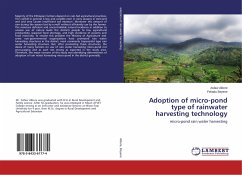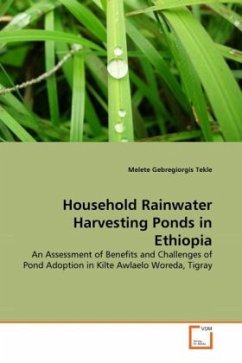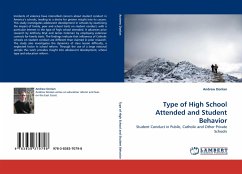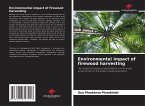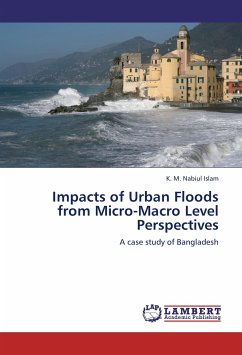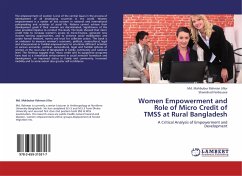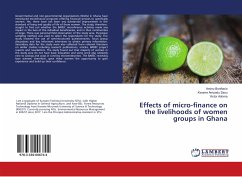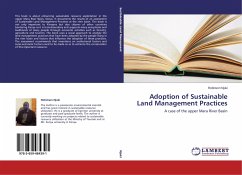Majority of the Ethiopian farmers depend on rain-fed agricultural practices. The rainfall in general is low and variable even in rainy seasons in semi-arid and arid area causes insufficient soil moisture. Moreover this amount of rain during the season lost by runoff without efficiently use by the farmer. The moisture deficient and uncontrollable natural incidence in addition to unwise use of nature leads the districts people to low agricultural productivity, seasonal food shortage, and high incidence of poverty and food insecurity. To resolve this problem the Ministry of Agriculture and some non-governmental organizations have promoted rain water harvesting structures in the district, most commonly trapezoidal type rain water harvesting structure. But, after promoting these structures, the desire of many farmers on use of rain water harvesting micro-pond not encouraging and as such not strong as expected in the study area. Therefore, the major concern of this study was identifying determinants of adoption of rain water harvesting micro-pond in the district generally.
Bitte wählen Sie Ihr Anliegen aus.
Rechnungen
Retourenschein anfordern
Bestellstatus
Storno

